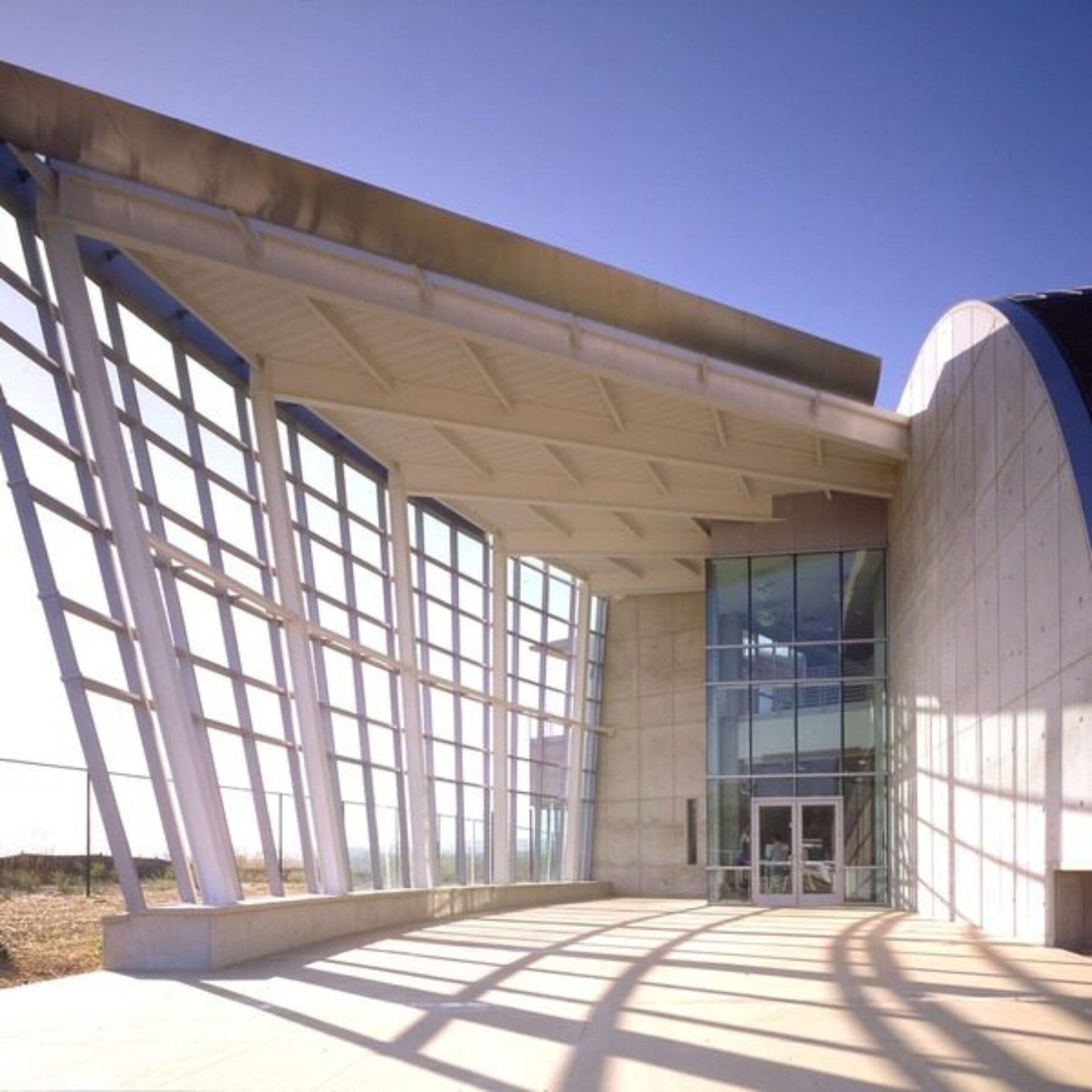
Location Irvine, CA
Client General Services Administration (GSA)
Services Commissioning, Construction Management
Project Value $10 million
In collaboration with the U.S. General Services Administration (GSA), the Food and Drug Administration (FDA) undertook a repair project at its Pacific Southwest Laboratory and District Office Facility in Irvine, CA. Serving as the FDA’s Pacific Region headquarters, the 146,000 SF facility includes office spaces and a modern, multi-purpose laboratory for the FDA and the U.S. Department of Agriculture Animal & Plant Health Inspection Service. Originally constructed in 2003, the facility required heating, ventilation, and air conditioning (HVAC) and control systems repairs due to nonfunctioning and undersized equipment and controls that were beyond their useful life.
The project helped ensure comfortable conditions for occupants, prevent interruptions to laboratory operations, and improve the facility’s energy efficiency. The scope of work included all management, supervision, labor, equipment, and materials required to repair the existing HVAC and control systems. Related services included move planning; selective ceiling demolition and reinstallation; light fixture removal and reinstallation; installation of HVAC control valves, piping, ductwork, and insulation; testing and inspection; and commissioning. Notably, the project also upgraded existing constant volume to variable volume control. This upgrade saved energy while maintaining a margin of safety for the laboratory operators utilizing fume hoods. Laboratory and offices remained completely operational during construction.
Hill provided construction management and commissioning support services for the project. Hill’s scope of work included developing a project strategy and an equipment identification and tracking database for the FDA; reviewing design drawings and specifications; developing, monitoring, and maintaining the project schedule; facilitating sequencing by helping ensure materials, equipment, and components were ordered well in advance of normal package procurement; implementing quality assurance/quality control procedures, including monitoring commissioning activities; providing programming advice; providing cost management; monitoring and inspecting sites for compliance with client expectations; identifying and mitigating overall project risks; making recommendations to promote efficiency; regular reporting to the FDA, GSA, and other project stakeholders; and more, as needed.
As GSA and the FDA prioritized a collaborative team approach for this project, Hill facilitated collaboration among GSA, the FDA, the contractor, the designer, and commissioning agents throughout design and construction to promote teamwork, communications, and accountability. This teaming approach helped the team overcome challenges, negotiate change fairly, and prevent claims. In addition, as this was the first time the FDA and GSA used a joint delivery method to deliver an FDA project, Hill helped organize the project’s management structure. For example, Hill developed procedures that served as the project organization’s operating framework and defined the approval authority over major project decisions. Hill also helped maintain the project organization’s structure throughout the project lifecycle, providing continuity through design and construction and maintaining effective project communications.
Perhaps most importantly, Hill worked with the contractor to prevent disruption to building operations and maintain a safe environment for staff, visitors, and the public. To accomplish this, the project team sequenced construction work from floor to floor and wing to wing. The team executed closeout and commissioning activities for each floor in each wing over six independent activity periods and repeated these activities for the overall building following construction. Hill made several recommendations that helped the team implement this approach. For example, the Hill team recommended that a portion of the air handling unit supply and exhaust mains be blanked off to enable existing air handling units and exhaust fans to continue serving the other floors of a wing under construction. This saved time, minimized construction impacts on operations, and reduced expenses associated with setting up a temporary air handling unit. Leveraging our custom equipment identification database, Hill also helped ensure spaces were move-in ready for building personnel following completion of each floor and wing, preventing any interruptions in operations after construction.